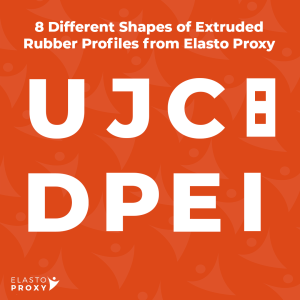NSF/ANSI 61 Gaskets for Drinking Water Systems
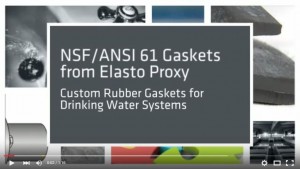
NSF/ANSI Standard 61 establishes health-related requirements for rubber seals and gaskets used in potable water systems. Learn how NSF/ANSI 61 can affect your project’s costs, how there’s a difference between NSF/ANSI 61 complaint and NSF/ANSI 61 approved materials, and how water jet cutting and infrared splicing create high-quality custom rubber gaskets.
Custom rubber gaskets that are used in drinking water systems need to be free from chemicals that can leach into water supplies and affect human health or cause unpleasant tastes and odors. Additives such as plasticizers, antioxidants, and solvents are designed to impart desirable material properties, but can react unfavorably with water treatment chemicals such as chlorine. Leachates from rubber gasket materials can also affect the formation of fungi, algae, and bacteria.
Technical buyers and product designers whose organizations specialize in drinking water systems are familiar with these problems already. Building and construction companies also need to understand the risks – and the requirements for mitigating them. By choosing a gasket fabricator that understands requirements such as NSF/ANSI 61, you can source the right materials and receive high-quality plumbing components that support your projects. (more…)

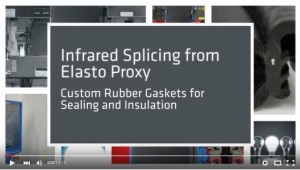
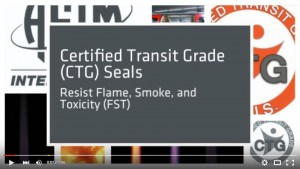
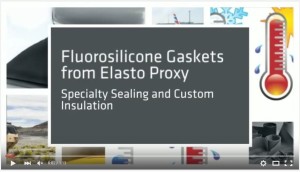
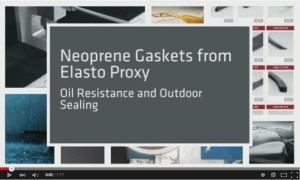
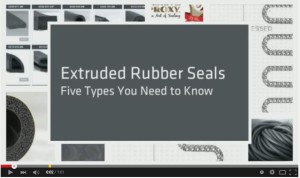
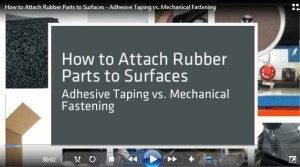
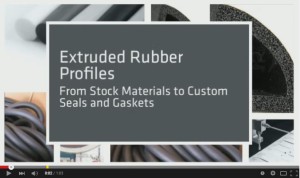
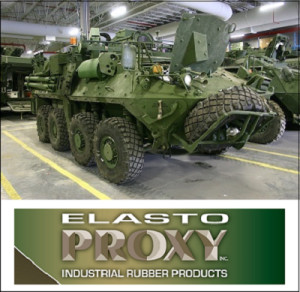 Learn about military specifications for rubber gaskets, and why defense contractors need a custom fabricator that can do more than convert elastomeric materials.
Learn about military specifications for rubber gaskets, and why defense contractors need a custom fabricator that can do more than convert elastomeric materials.